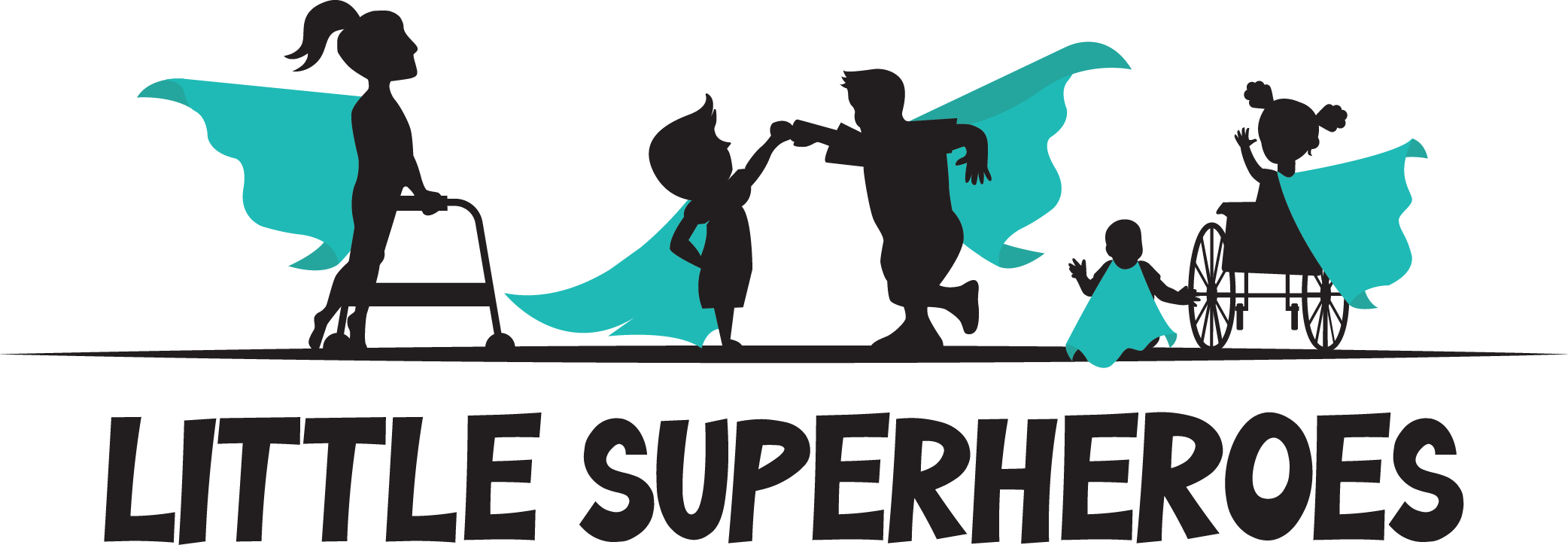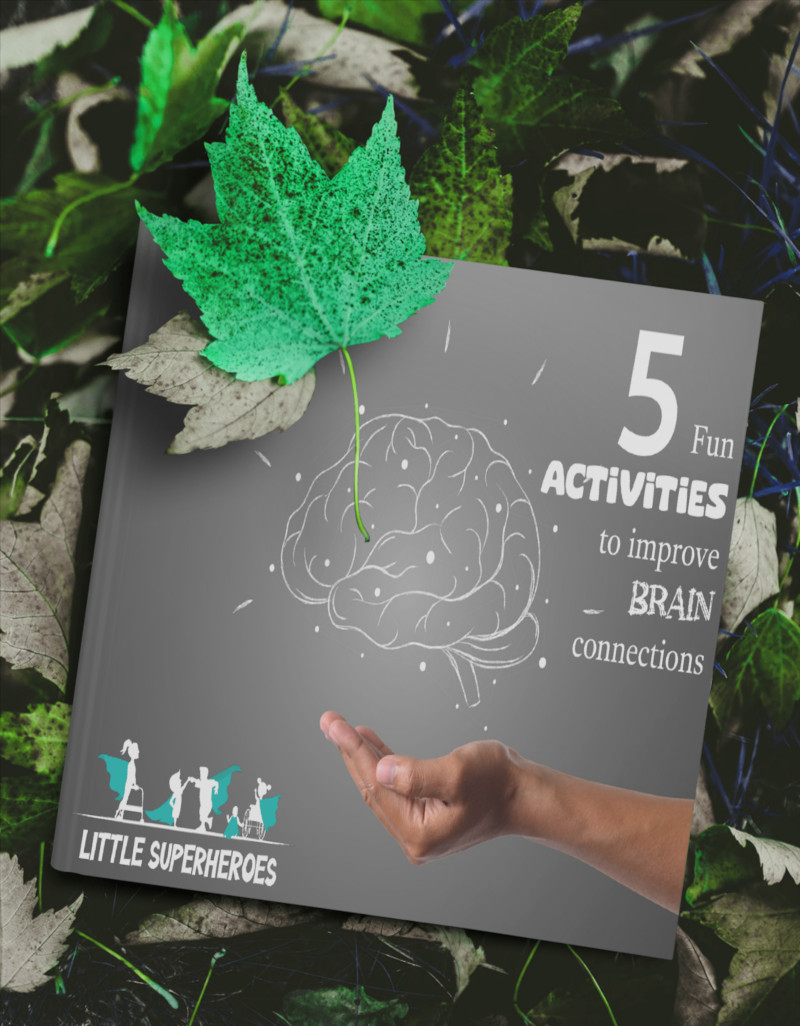Dyslexia is one of the most misunderstood learning differences, yet it affects 1 in 10 people. Many children with dyslexia feel like they are constantly falling behind their peers, which can have a lasting impact on their confidence and mental well-being.
As a parent, you might feel overwhelmed, unsure of where to start, and frustrated with a system that doesn’t always provide the right support. But with the right strategies, your child can thrive both academically and emotionally.
This blog will guide you through understanding dyslexia, recognising its impact, and implementing practical strategies to help your child succeed this school year.
Understanding Dyslexia: The Basics
Dyslexia is a specific learning difficulty that primarily affects a child’s ability to read, write, and spell. It is not related to intelligence—many people with dyslexia are highly creative, great problem-solvers, and think in ways that others don’t.
Common Signs of Dyslexia
- Difficulty recognising sounds and linking them to letters
- Slow or inaccurate reading
- Poor spelling
- Avoidance of reading and writing tasks
- Challenges with sequencing (e.g., remembering the days of the week)
Some children also experience visual tracking issues, where their eyes struggle to smoothly follow text from left to right. This can make reading exhausting and frustrating, leading to avoidance behaviours.
The Emotional Impact of Dyslexia
Children with dyslexia often feel frustrated, anxious, and isolated in the classroom. They might:
✔️ Compare themselves to peers and feel “stupid”
✔️ Experience low self-esteem due to repeated struggles
✔️ Avoid reading and writing tasks out of fear of failure
✔️ Develop anxiety around school
This is why emotional support is just as important as academic support.
How to Support Your Child’s Emotional Well-being
💛 Celebrate Their Strengths – Dyslexic children often excel in areas like creativity, storytelling, problem-solving, and hands-on activities. Encourage their unique gifts and remind them that dyslexia does not define their intelligence.
📖 Normalise Dyslexia – Share stories of successful dyslexic individuals, such as Richard Branson, Steven Spielberg, or Octavia Spencer. Help your child understand that their struggles are not a limitation but a part of what makes them unique.
🛑 Create a Safe Space – Encourage open conversations where your child feels comfortable expressing their frustrations without fear of judgement. Let them know that it’s okay to struggle and that they are not alone.
👏 Praise Effort, Not Just Results – Instead of focusing on grades, celebrate hard work and persistence. Saying “I saw how hard you worked on that, I’m really proud of you” helps build confidence and resilience.
🧘 Teach Coping Strategies – Introduce mindfulness exercises, breathing techniques, or short meditations to help them manage stress and frustration.
👥 Encourage Peer Relationships – Connecting with other kids with dyslexia can reduce feelings of isolation and create a supportive community.
Practical Strategies to Support Learning
1. Use Multi-Sensory Learning Techniques
Children with dyslexia learn best through hands-on, multi-sensory methods. Instead of relying solely on written words, try incorporating:
✔ Tactile learning – Use sandpaper letters, Play-Doh spelling, or tracing words in rice.
✔ Auditory learning – Read aloud, use audiobooks, and encourage verbal repetition.
✔ Visual learning – Colour-code words, use pictures alongside text, and highlight key information.
2. Break Learning into Small Steps
Rather than overwhelming your child with large tasks, break learning into short, manageable chunks.
💡 Example: Instead of asking them to read a full page, start with one sentence at a time and gradually build up their confidence.
3. Leverage Assistive Technology
Technology can be a game-changer for dyslexic children. Some useful tools include:
- Speech-to-text software (e.g., Dragon Dictation) to help with writing
- Audiobooks and text-to-speech apps (e.g., Voice Dream Reader)
- Dyslexia-friendly fonts (e.g., OpenDyslexic) to reduce visual stress
4. Advocate for Classroom Accommodations
Many teachers do not fully understand dyslexia, which can lead to misunderstandings and unrealistic expectations. As a parent, you can:
✔ Communicate with teachers about your child’s learning needs
✔ Request extra time for reading and writing tasks
✔ Ask for alternative assessment methods (e.g., oral tests instead of written ones)
Myth-Busting Dyslexia
🚫 MYTH: “Dyslexic kids just need to try harder.”
✅ FACT: They are already working much harder than their peers! Dyslexia is a difference in how the brain processes language—it’s not about effort.
🚫 MYTH: “Dyslexia only affects reading.”
✅ FACT: It also impacts spelling, writing, memory, and even maths.
🚫 MYTH: “Kids will grow out of dyslexia.”
✅ FACT: Dyslexia does not disappear, but with the right support, children can learn strategies to manage it successfully.
Final Thoughts: Turning Struggles into Strengths
Dyslexia is not a disadvantage—it’s a different way of thinking. With the right support, your child can develop confidence, resilience, and a love for learning.
How You Can Help Right Now
✅ Focus on their strengths—build their confidence
✅ Use multi-sensory learning to make reading and writing easier
✅ Advocate for their needs at school
✅ Remind them that they are capable—and that dyslexia does not define them
💭 What has your child taught you about resilience this week?
Every dyslexic child has a superpower waiting to be unlocked—it’s just about finding the right key. Keep supporting, keep advocating, and most importantly—keep believing in them. ❤️
















